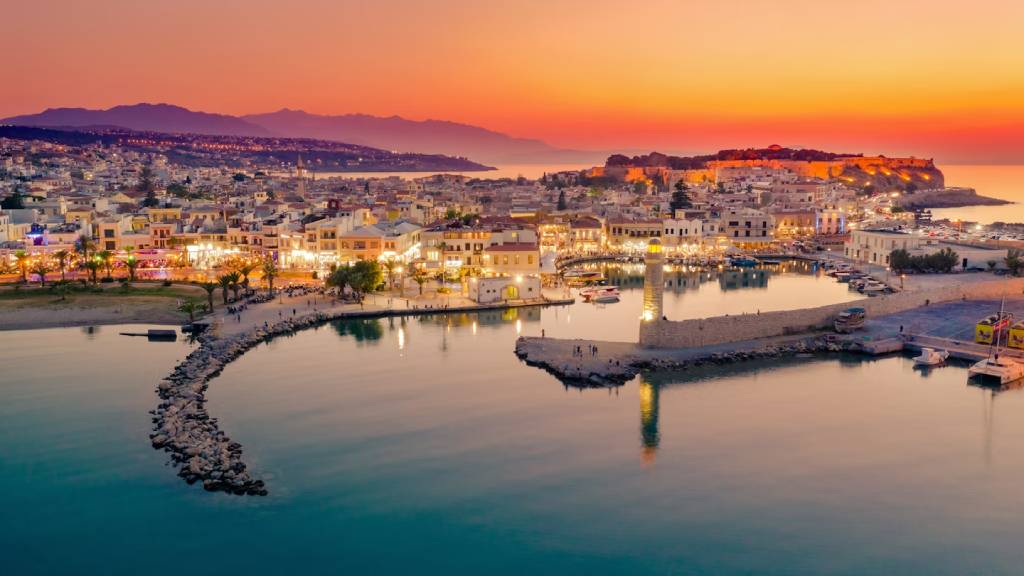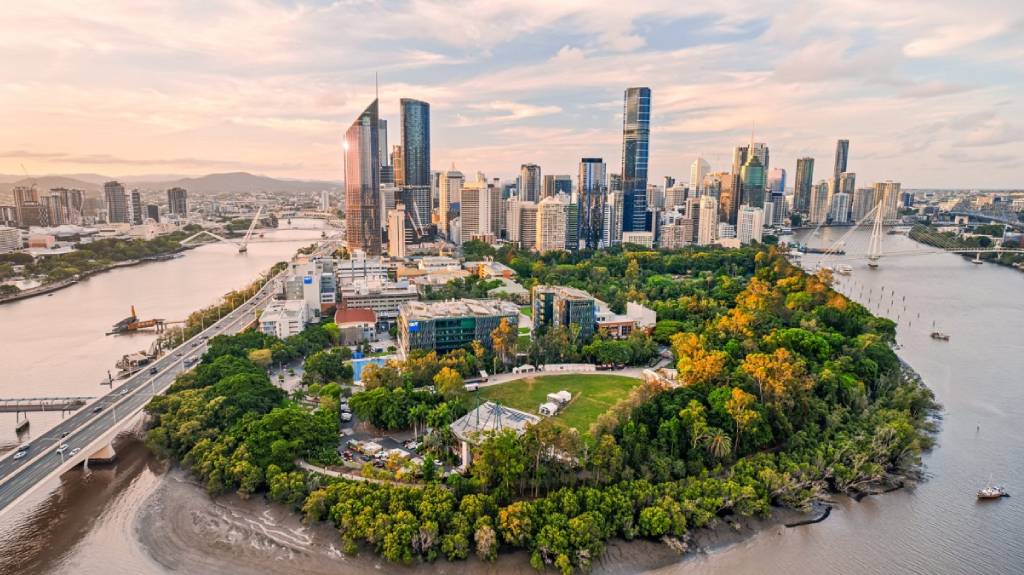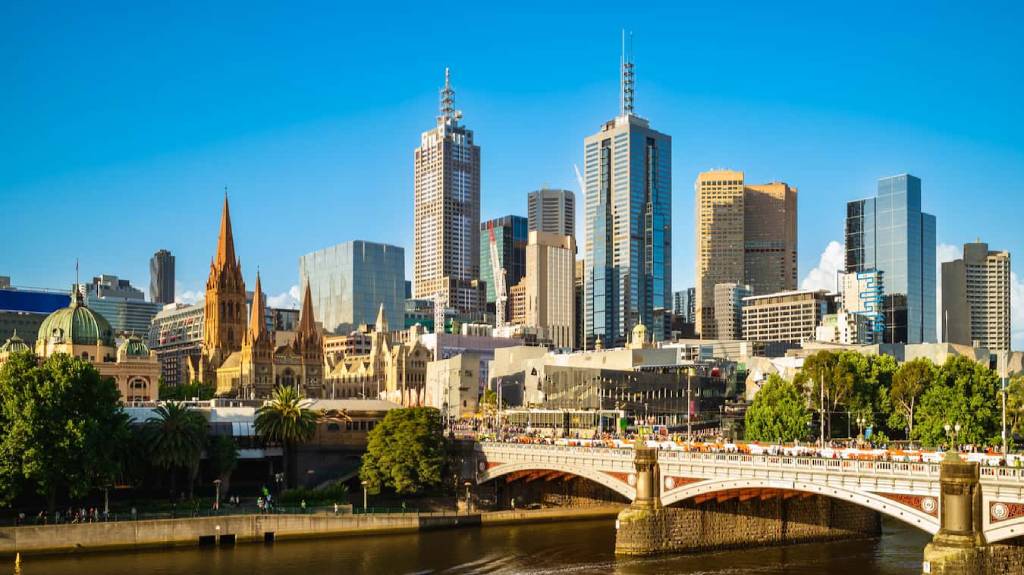
Melbourne is the quintessential Australian cultural capital, a city where art, sport, food, and coffee converge in a thrilling, dynamic urban landscape. Often ranked as one of the world’s most liveable cities, its charm is hidden in its famous laneways—a labyrinth of street art, hole-in-the-wall cafes, and independent boutiques. From world-class theatre and the iconic Melbourne Cricket Ground (MCG) to its celebrated culinary scene, Melbourne is sophisticated and effortlessly cool. It’s also the gateway to one of Australia’s most spectacular drives, the Great Ocean Road, and the wildlife haven of Phillip Island. If you’re looking for a cosmopolitan experience underpinned by a passion for the arts and a fiercely independent spirit, Melbourne delivers. Keep reading for my guide to exploring Australia’s cultural heartbeat.
Why Visit Melbourne?
Melbourne is a vibrant metropolis celebrated for its dynamic culture, world-class dining, and passion for sport. Here’s why you need to put Melbourne on your list:
- Laneways and Arcades: Get lost in the city’s hidden network of alleyways, home to stunning street art, quirky bars, and the best coffee in the world.
- Sporting Capital: Experience the electrifying atmosphere of a major event, whether it’s the Australian Open, the Melbourne Cup, or a passionate game of Australian Rules Football (AFL) at the MCG.
- Cultural Hub: Explore the National Gallery of Victoria (NGV), the Melbourne Museum, and the thriving theatre and live music scene that permeates the city.
- Great Ocean Road: Start your epic road trip along one of the world’s most scenic coastal drives, featuring the dramatic Twelve Apostles rock stacks.
- Culinary Excellence: Indulge in a diverse and globally-inspired food scene, from high-end dining to multicultural markets like the historic Queen Victoria Market.
Melbourne offers a rich, layered, and fast-paced Australian experience—a perfect destination for culture vultures, foodies, and sports enthusiasts alike.
What Are the Best Things to Do in Melbourne? (For Your First Visit)
Royal Botanic Gardens
Vast 94-acre oasis of exotic plants, lakes, and walking paths—stroll amid native ferns and Victorian glasshouses for a serene escape in the city heart. Garden explorer tour via Viator for eco-friendly highlights.
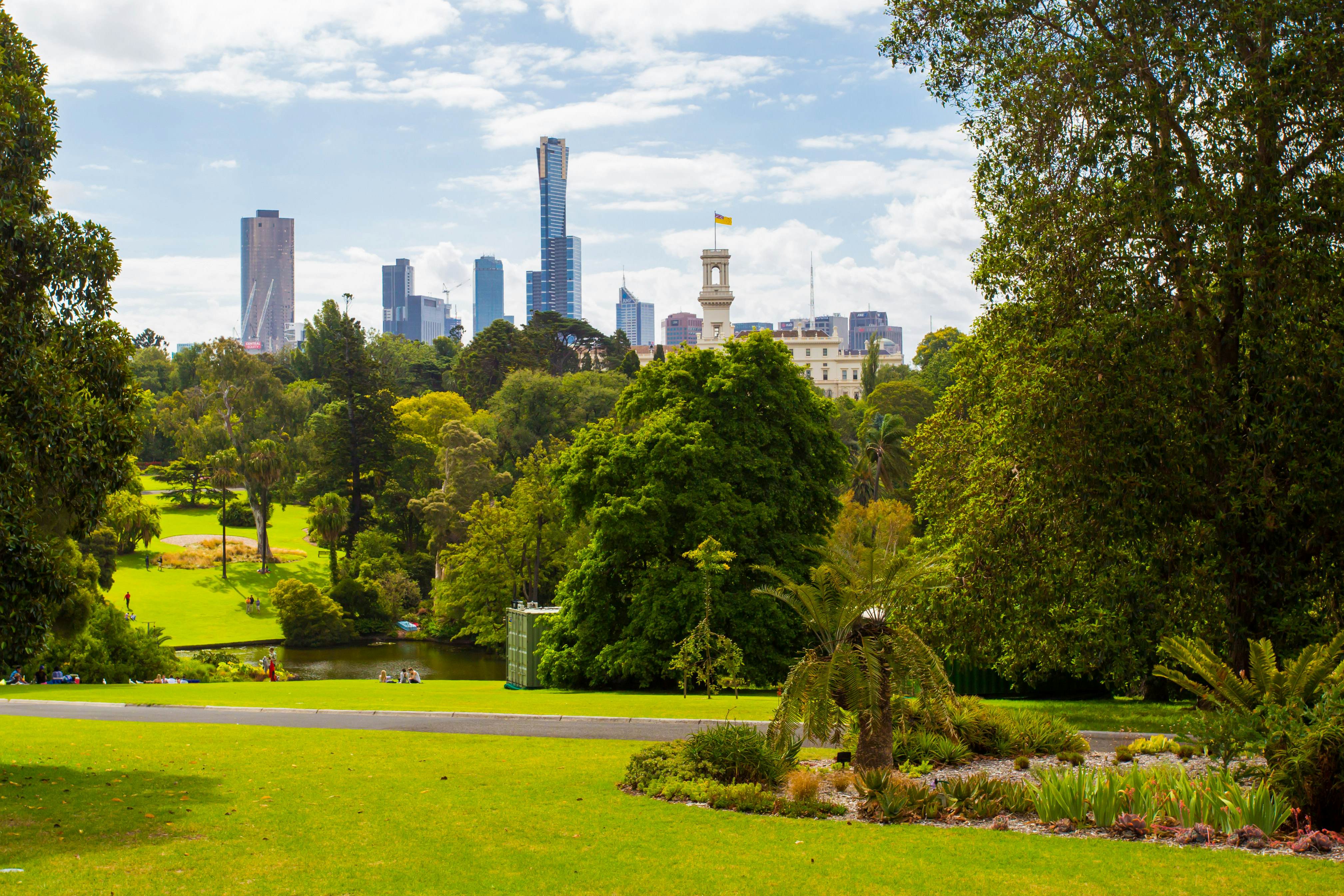
Queen Victoria Market
Bustling open-air bazaar since 1878 with fresh produce, artisan goods, and street food—haggle for souvenirs amid the lively hum of Melbourne’s oldest market. Multicultural food tour via GetYourGuide for local flavors.
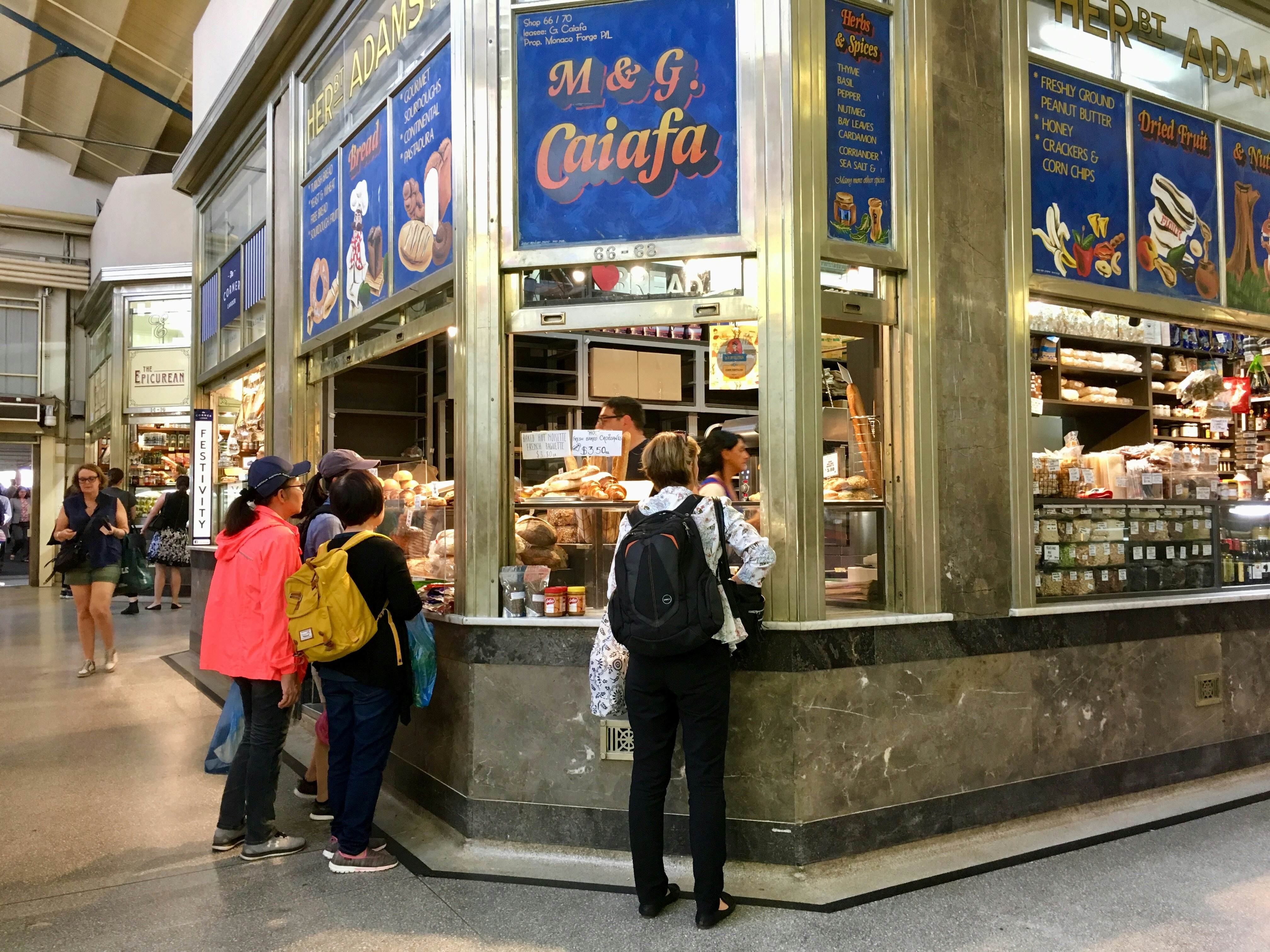
Melbourne Cricket Ground
Legendary sports arena hosting AFL and cricket epics—tour the hallowed turf, Long Room, and stands where 100,000 fans roar. MCG guided tour via TripAdvisor for behind-the-scenes access.

NGV International
Premier art gallery showcasing global masterpieces from ancient Egypt to Picasso—wander vast halls in this waterside cultural beacon. Gallery tours and tickets via Viator for immersive exhibits.
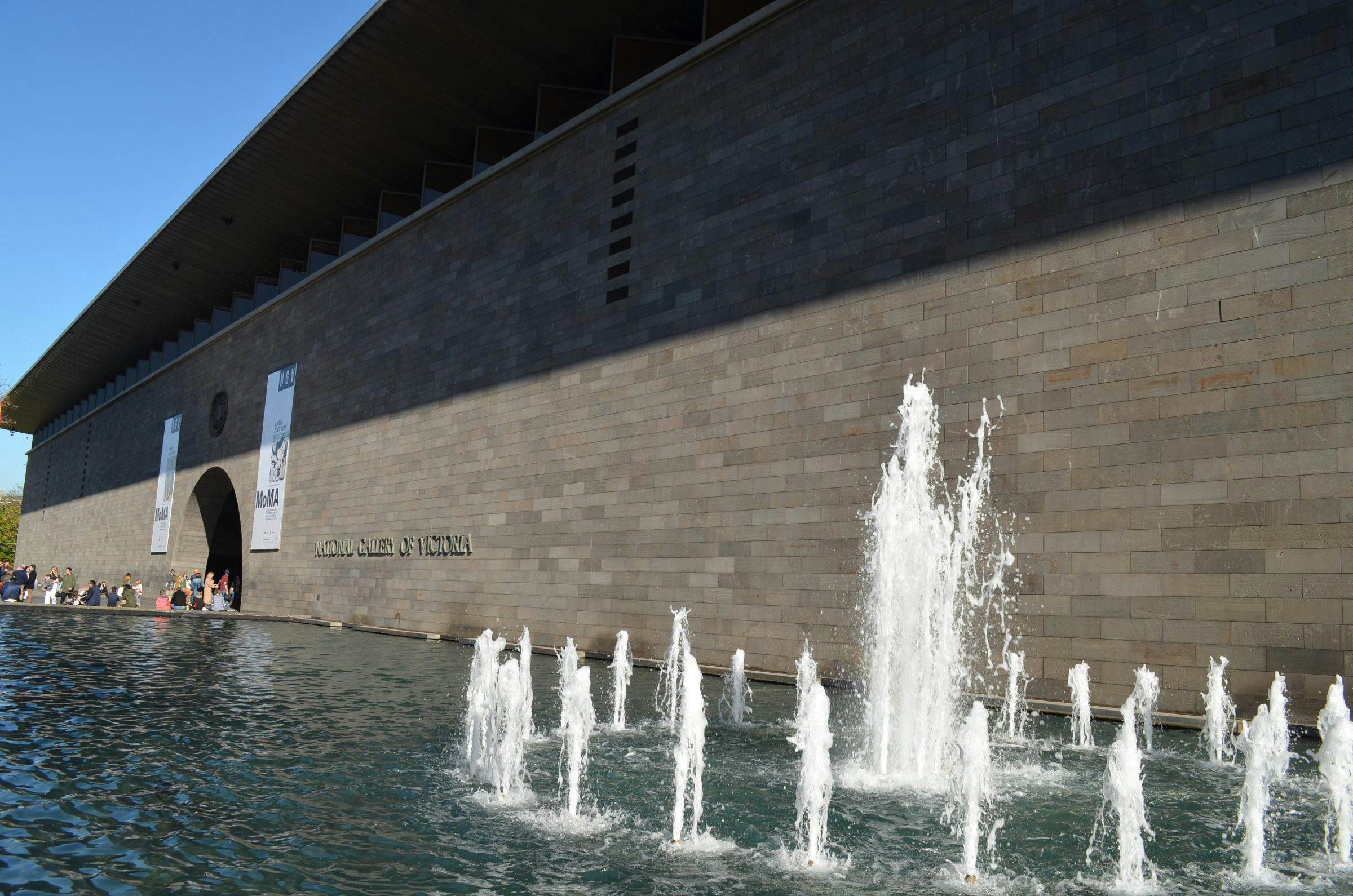
Shrine of Remembrance
Solemn war memorial with eternal flame and panoramic views—pay tribute at this hilltop tribute to Australia’s military history. City highlights bus tour via GetYourGuide including the shrine.
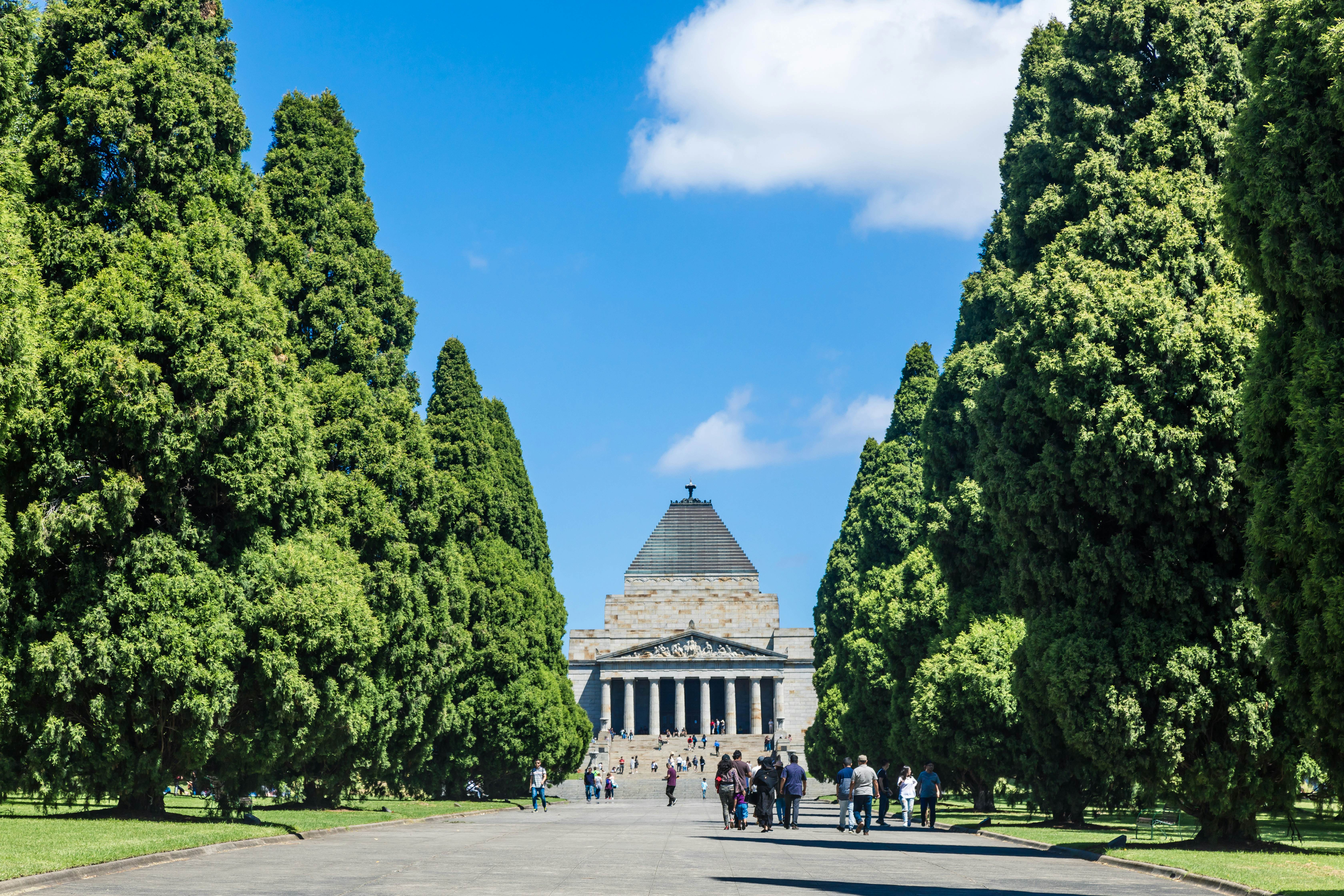
Federation Square
Modern public plaza buzzing with events, cafes, and street performers—hub for art installations and the city’s eclectic energy. Hop-on hop-off tour via TripAdvisor stopping at Fed Square.
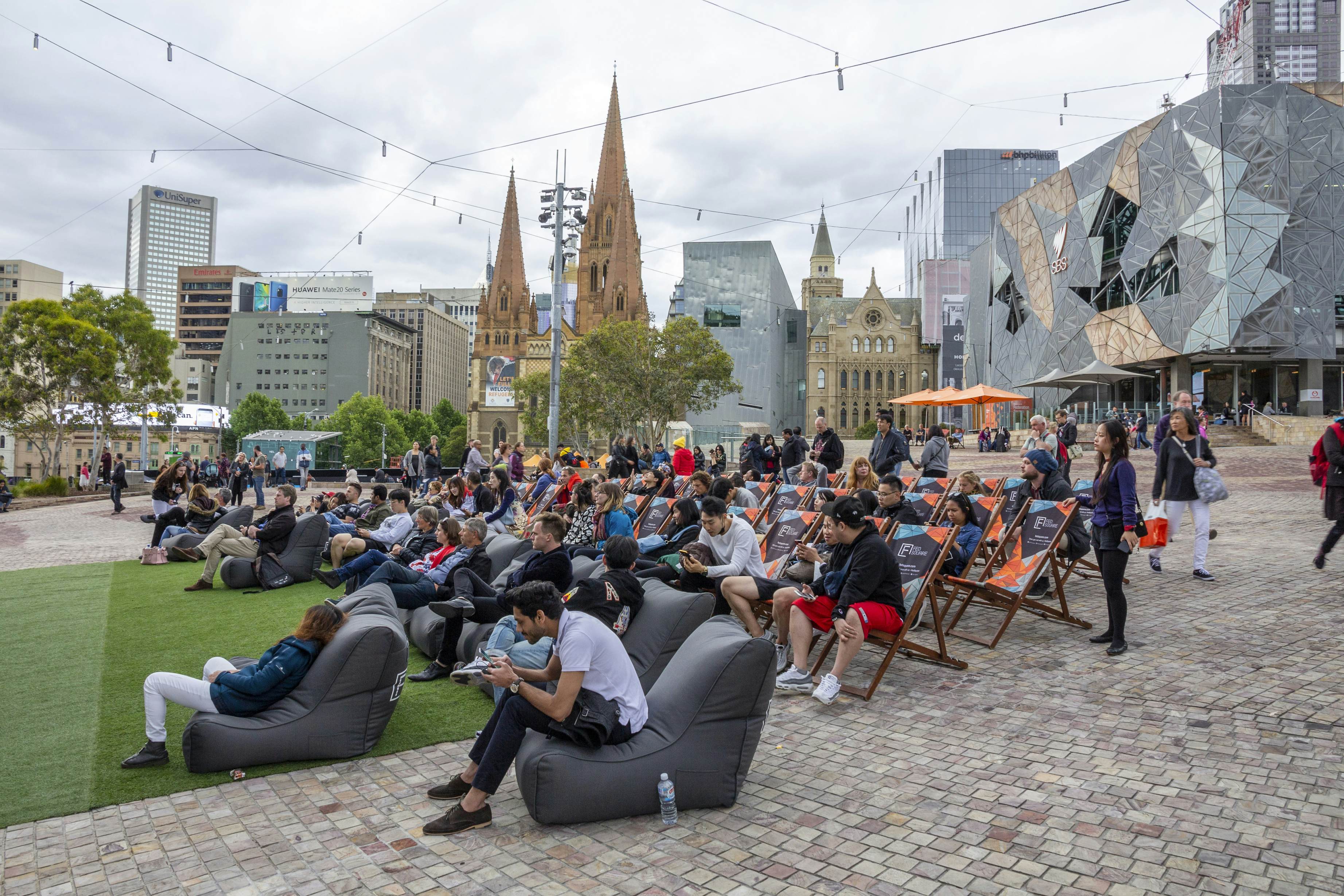
Royal Exhibition Building
UNESCO-listed Victorian-era hall hosting world fairs and events—admire its ornate dome and grand interiors from 1880. Cultural city tour via Viator featuring the building.

Hosier Lane
Vibrant street art alley exploding with murals by global graffiti masters—snap Instagram shots amid ever-changing urban masterpieces. City highlights tour via GetYourGuide including Hosier Lane.
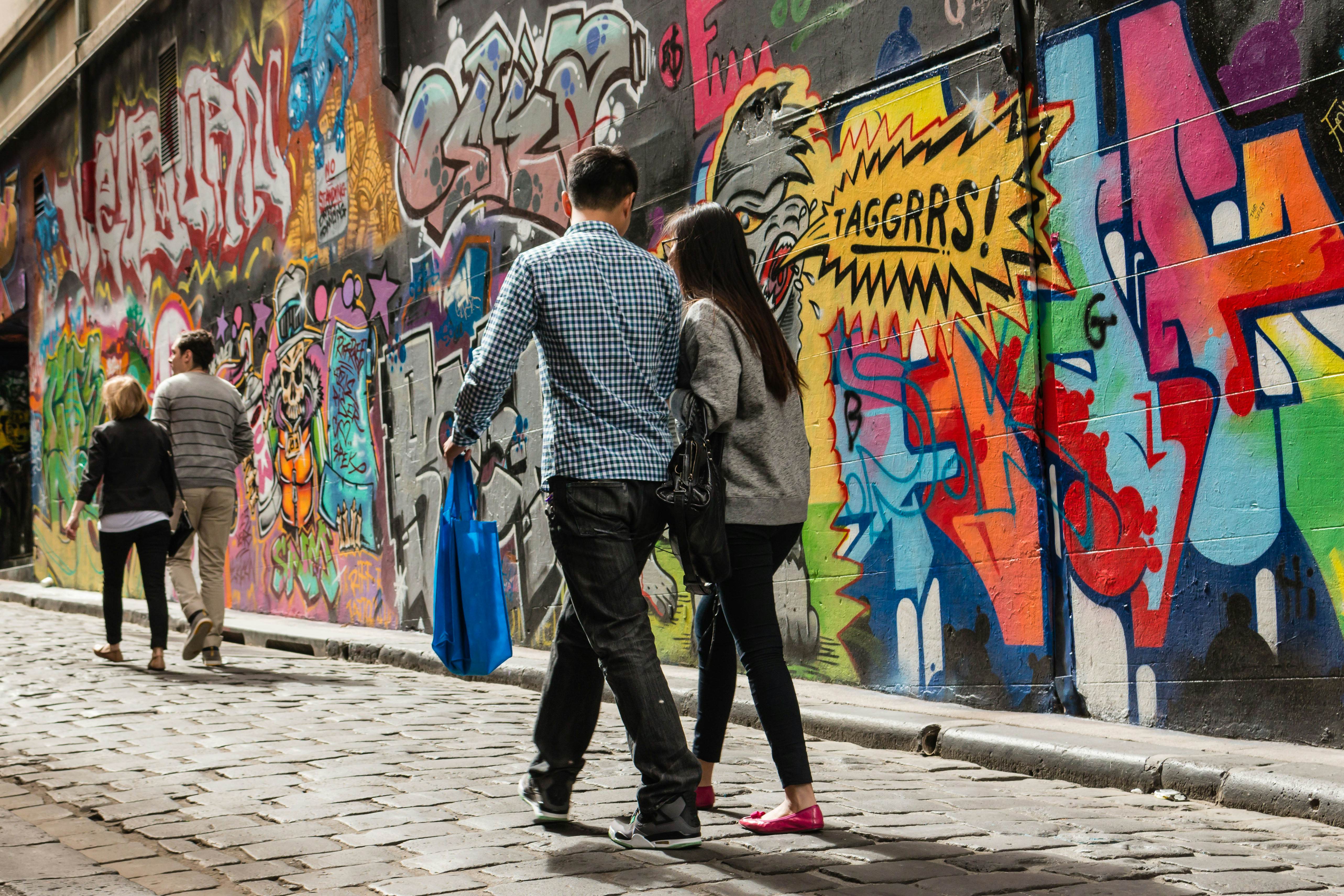
State Library of Victoria
Majestic 19th-century library with grand reading rooms and rare manuscripts—delve into Australia’s literary heritage under its iconic dome. Ultimate walking tour via TripAdvisor with library visit.
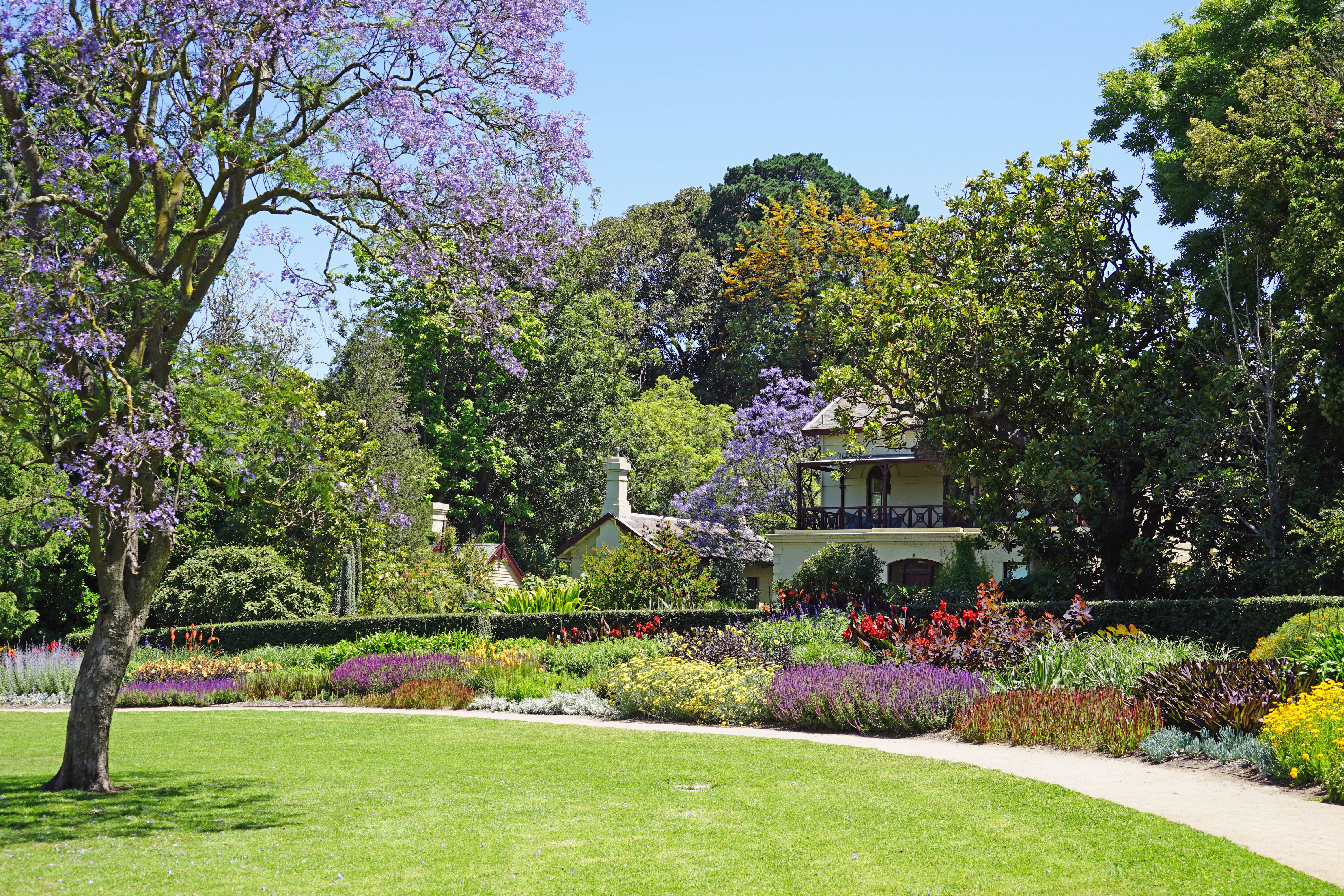
Melbourne Museum
Dynamic showcase of natural history, dinosaurs, and Indigenous culture—explore interactive exhibits in this family-friendly cultural hub. Museum tours and tickets via Viator for engaging discovery.

More Popular Tours in Melbourne
What’s the Best Month to Visit Melbourne?
The best time to visit Melbourne is during the shoulder seasons: March to May (Autumn) and September to November (Spring).
These months offer the most comfortable weather for city exploration, with milder temperatures ($11^{circ}text{C}$ to $25^{circ}text{C}$) and fewer crowds compared to the peak summer. Autumn (March–May) is particularly favored, with clear, mild weather ideal for outdoor dining and day trips like the Great Ocean Road, and the season often hosts the Formula 1 Grand Prix. Summer (December–February) is warm to hot (up to $26^{circ}text{C}$ and often higher), and is the peak season for major events like the Australian Open. Winter (June–August) is cool and quiet, perfect for budget travelers and indoor cultural activities like galleries and museums.
How to Get to Melbourne
Melbourne is primarily served by Melbourne Airport (MEL), also known as Tullamarine, located 23 km northwest of the city center. It’s a major international gateway—check WayAway for direct flights. A secondary airport, Avalon (AVV), serves some budget airlines.
- SkyBus: The easiest transfer from MEL to Southern Cross Station (the main transport hub). Runs 24/7. ($16–$25, 30–45 min).
- Taxi/Ride-share: Available outside terminals. Expect variable costs and traffic delays, especially during peak hour. ($55–$75 to CBD, 30–60 min).
- Regional Train (V/Line): Southern Cross Station is the main hub for regional trains connecting Melbourne to Victoria’s destinations.
- Car Rental: Rent via DiscoverCars if planning to drive the Great Ocean Road or visit the Grampians.
If arriving at Avalon (AVV), the dedicated SkyBus service connects directly to Southern Cross Station in about 60–90 minutes.
How to Get Around Melbourne
Melbourne boasts one of the world’s largest tram networks, which is the heart of its public transport (PTV). The system also includes Metro Trains and buses, all utilizing the Myki card for ticketing.
- Trams (Free Tram Zone): All tram travel within the CBD and Docklands is completely free. This covers most major inner-city attractions.
- Metro Trains: Essential for reaching inner and outer suburbs (e.g., St Kilda, Richmond). You must use a Myki card outside the free tram zone.
- Walking: The central grid (Hoddle Grid) is flat and perfect for exploring the famous laneways, street art, and hidden bars on foot.
- Myki Card: Purchase a reusable Myki card ($6 AUD) at stations or convenience stores and top it up. This is necessary for all travel outside the Free Tram Zone.
Tips for Tourists Using Transport:
- Never travel without tapping on with a Myki card outside the Free Tram Zone, as fines are substantial.
- For airport transfers, the SkyBus is generally more reliable than a taxi.
- Be aware of the “hook turn” rule when driving, especially in the CBD—trams always have priority.
Conclusion: Melbourne’s vibrant cultural scene is best experienced by combining the efficiency of its Metro Trains with the charm of its free tram network. Spend your days hopping trams to galleries and museums, and your evenings exploring the laneways on foot. Discover the dynamic heart of Victoria with our detailed Melbourne guide!
Note: This article contains affiliate links. If you purchase something I’ve recommended, I’ll earn a small commission at no extra cost to you. I really appreciate your support and I hope this guide helps you ♡








